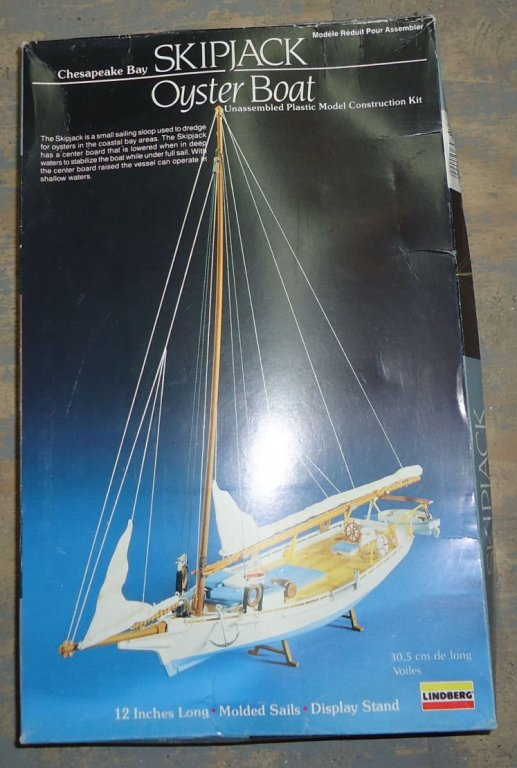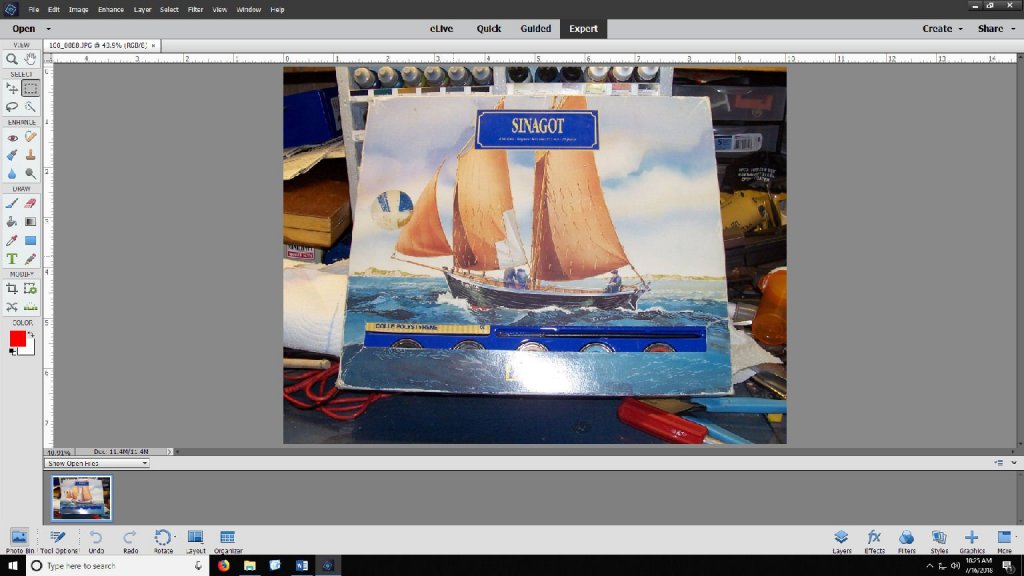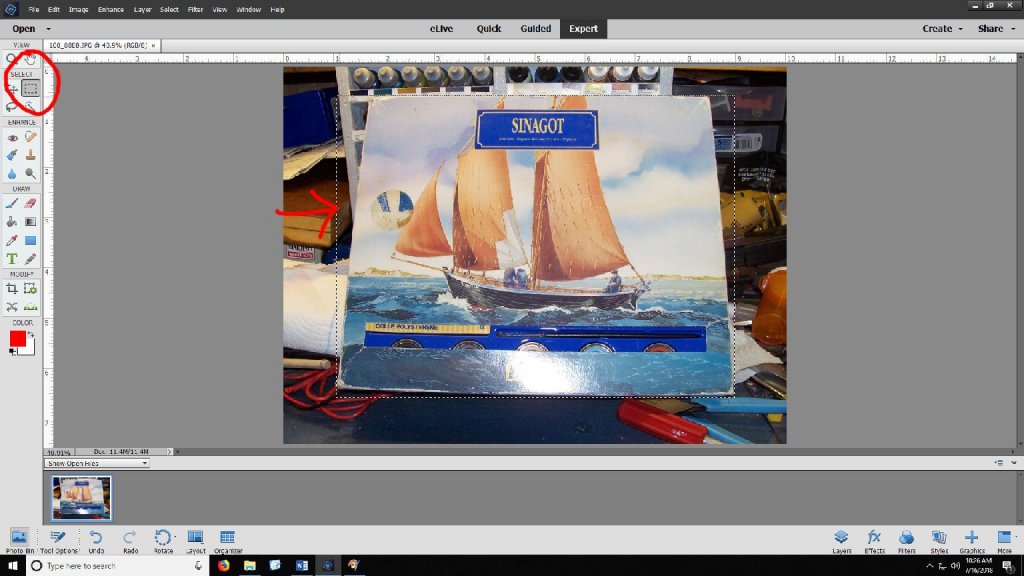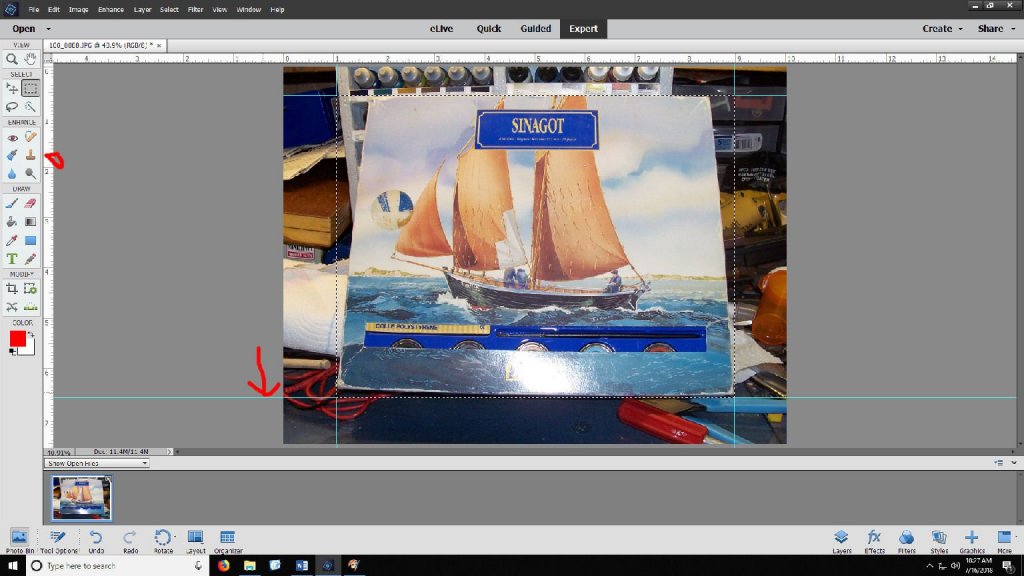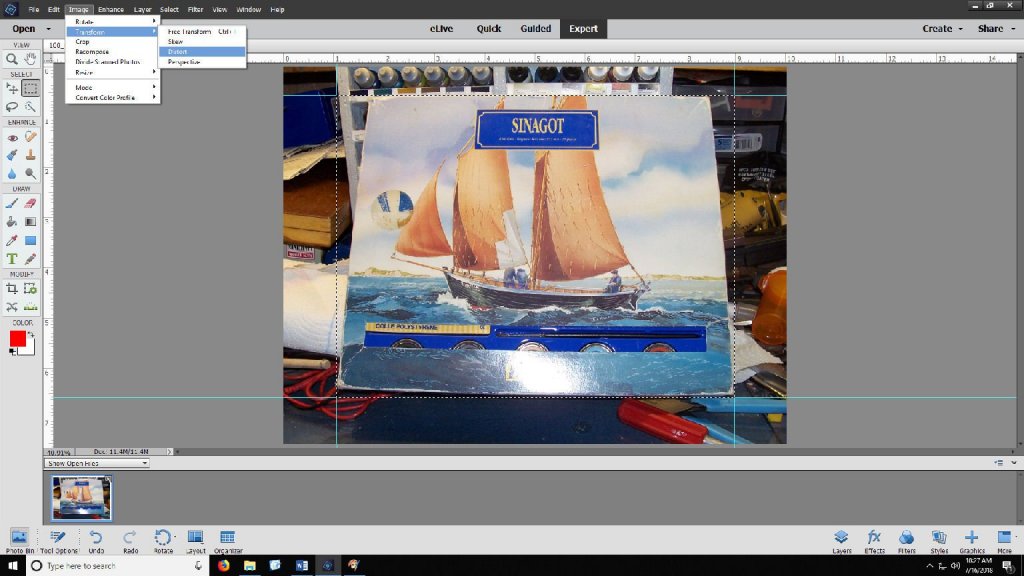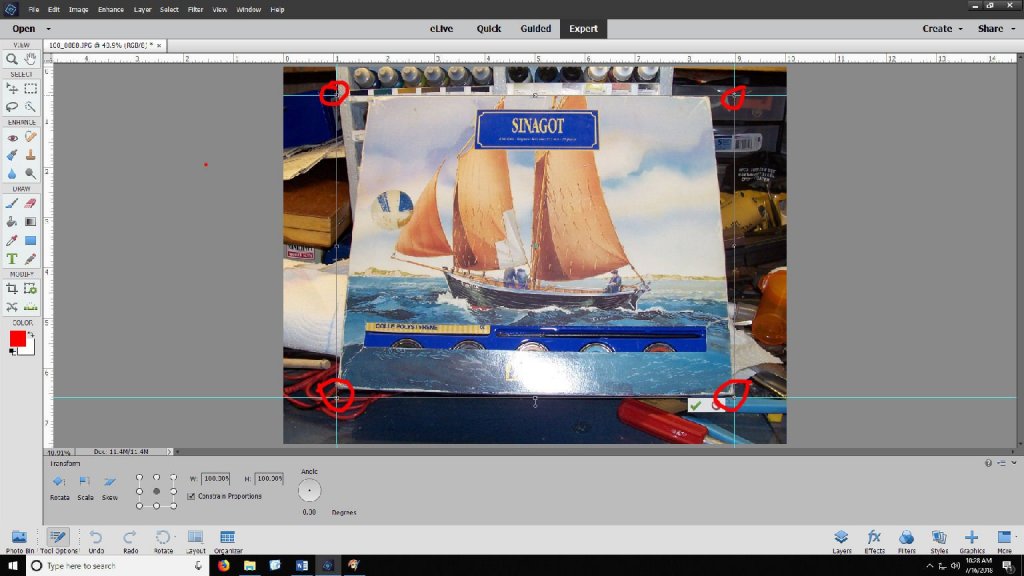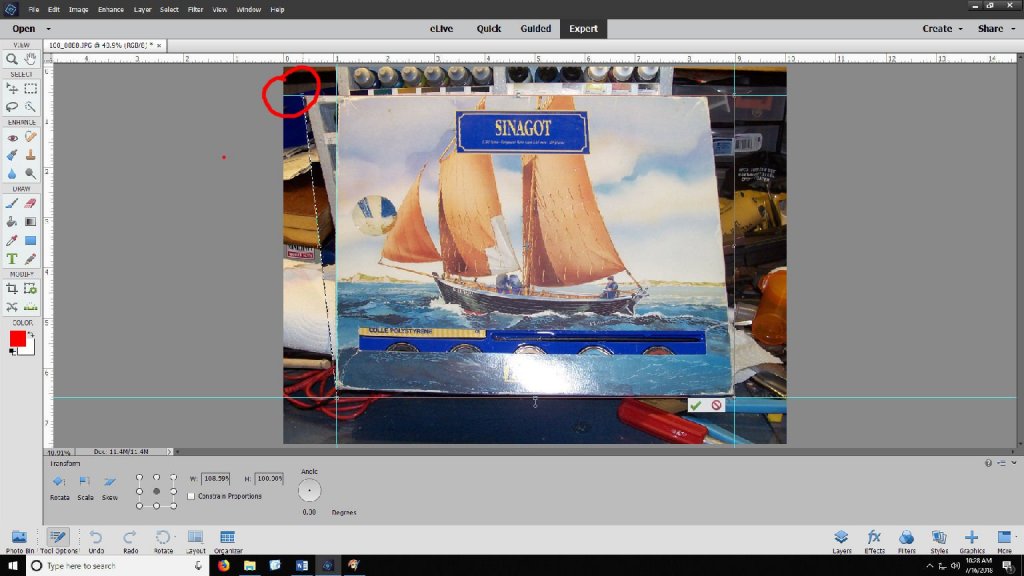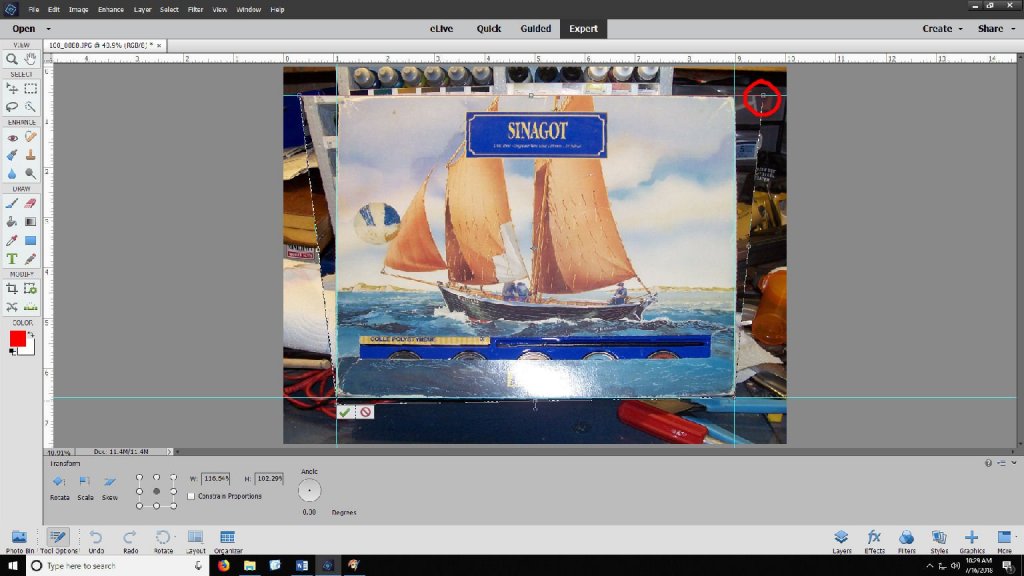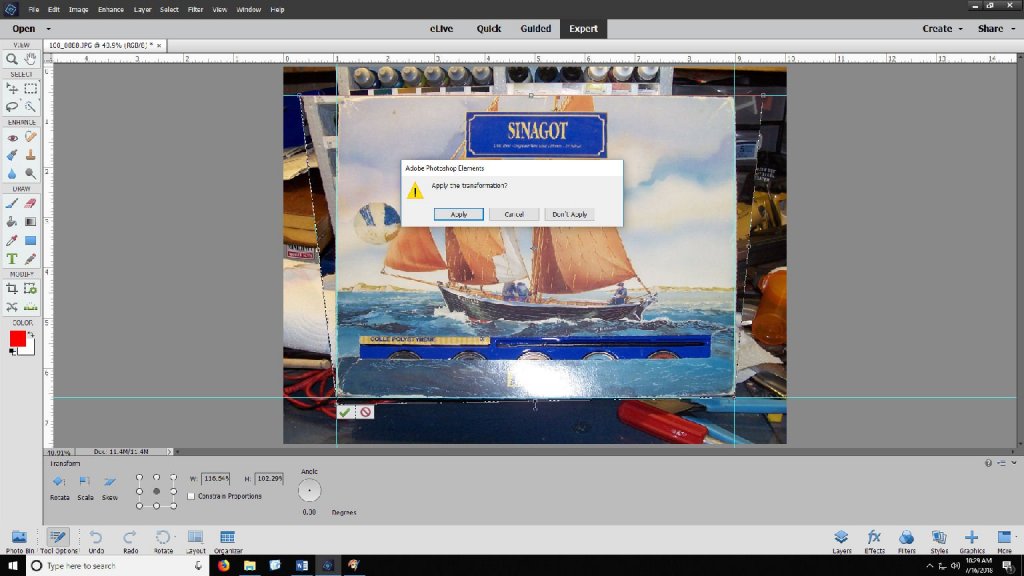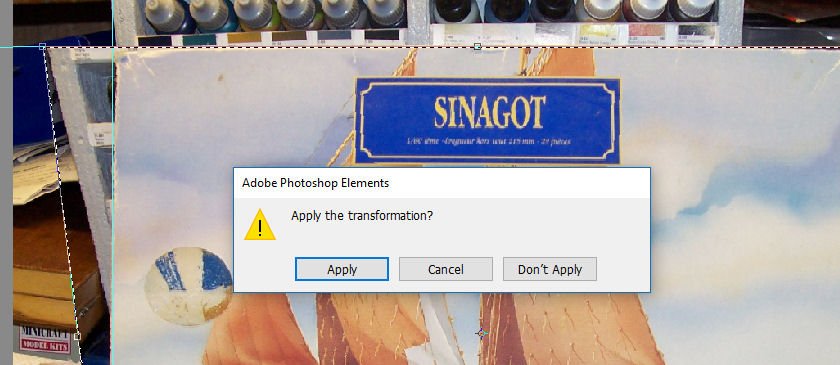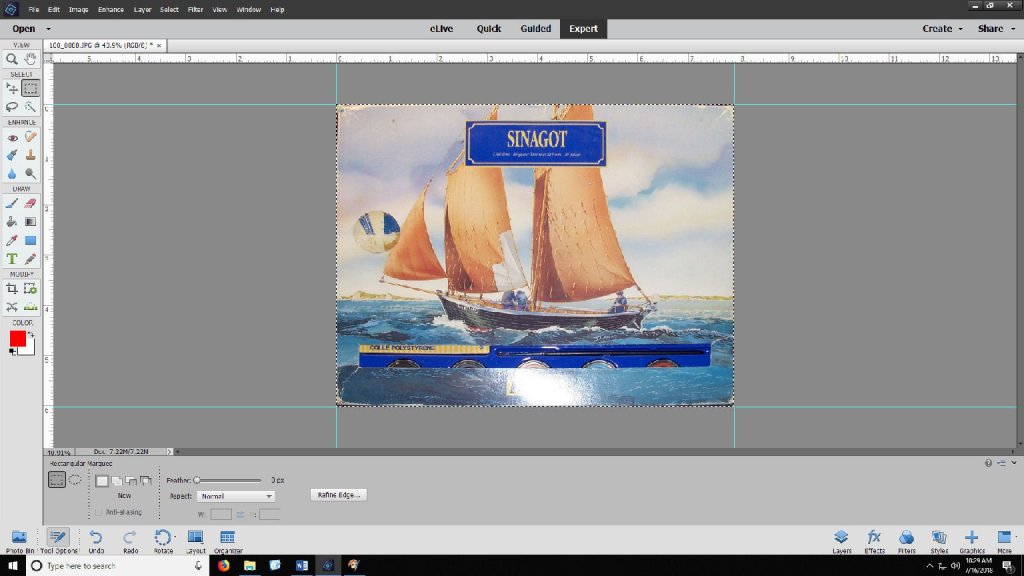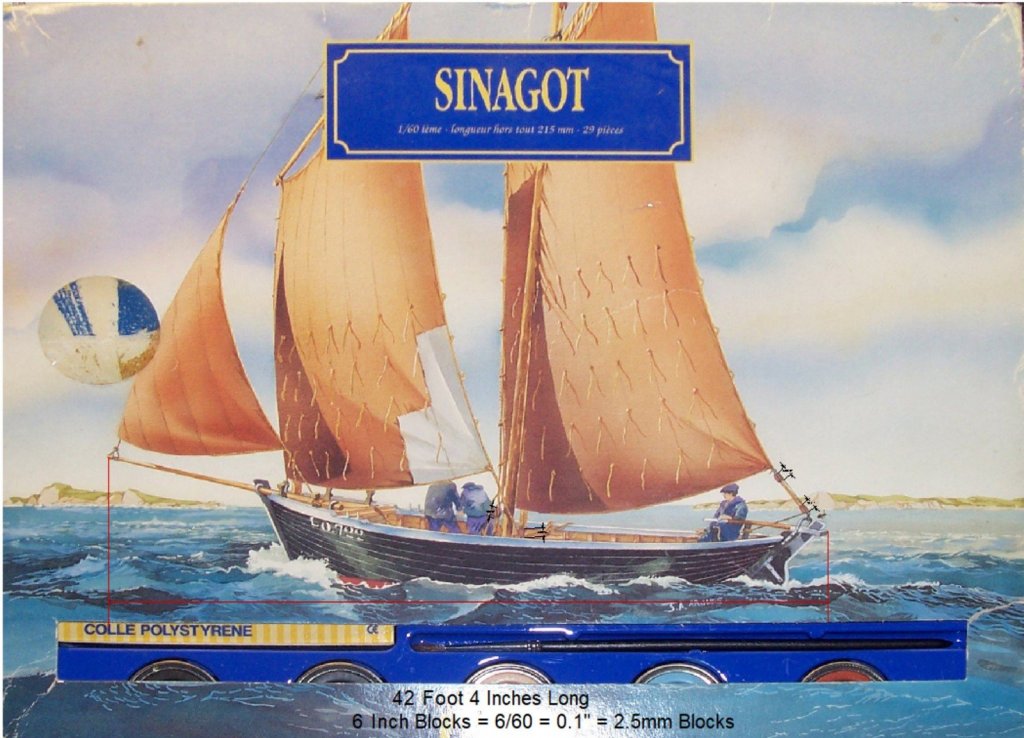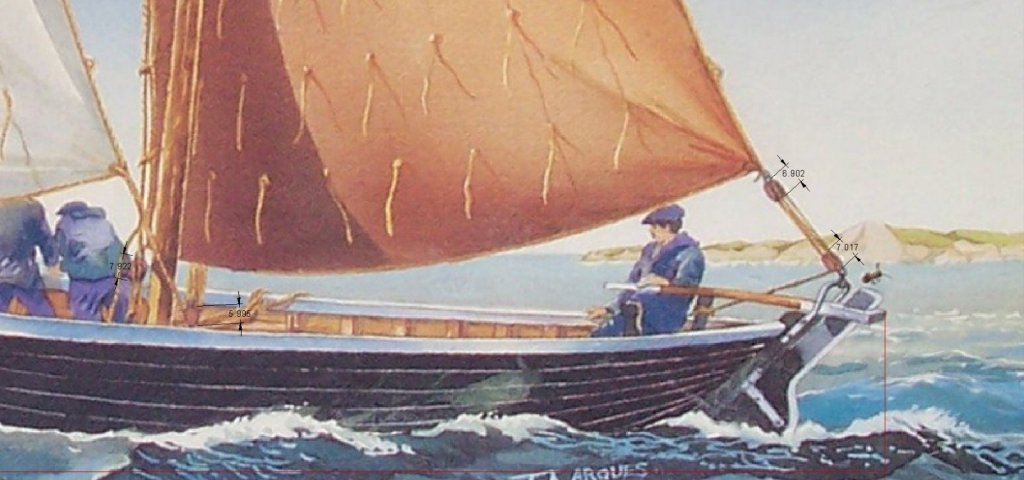-
Posts
2,905 -
Joined
-
Last visited
Content Type
Profiles
Forums
Gallery
Events
Everything posted by thibaultron
-
Also each Captain setup the rigging on his ship as suited his "ideal" setup, so each ship had some variation, even from captain to captain.
-
I haven't given up on this build. I tested my airbrushes, and practiced some with them. I had to order new primer, and it came the other day. Hopefully Sunday I can shoot the first part of the primer on the model. I'm starting with Red-Brown on the outside of the hull, then I'll switch the next day to gray for the railing and interior, as well as the masts. I bought 2 oz. Red-Brown, White, Gray, and Black Stynylrez primer (the last three came as a set that was $2.00 cheaper than the single Red-Brown!). I bought them from Amazon, for a good price. I have found it better than the Vallejo Primer. It sets overnight and has better sandability. Even with my external mix airbrush the initial rougher surface (compared to a double action brush) smoothed down as it set. The best brush I found for priming large areas was my old Badger 250-1 plastic airbrush I bought about 35 years ago, it gave the best large area coverage. The double action brushes had too small a line to effectively cover several square inches of scrap plastic. I'll likely used just the Red-Brown primer as the anti-fouling coat, rather than add another layer off topcoat, unless it looks too light. I'll use the Vallejo paints for the rest of the model.
-
Watch this video for tips on airbrushing. Is is a talk given by the owner of Badger Airbrushs at a Gaming Convention.
-
Frank, sorry to hear that you are having such difficulties! Hope that they will clear up soon!
-
Welcome aboard!
-
Today I washed down the hull and masts, in prep for painting later this week. My air compressor hose was damaged, and I have to buy a new one Wednesday when I get paid. I also washed down the Japanese house boat I'm building.
-
Here is the entry from my "Carrie Price " build, which I hope to restart soon. Part 22 I guess I owe Pyro an apology. At the beginning of this build, I commented that the casting they made for the furled, or as it turns out being furled, main sail was incorrect. I think I used a stronger comment. Because I'm used to modern sailboats, I said that they had cast the angle of the leading edge, in the wrong direction, as it angled away from the mast. They had it right! The foot of the mainsail is laced to the boom in such a fashion that it cannot side forward as the sail is lowered. With the steep rake of the mast, the leading edge would jam as the sail was lowered. I have not worked up the geometry for this, I'll take their word for it. To solve this problem, the lower part of the sail is not directly laced to the mast hoops. Instead there is a rope that runs between the sail hanks and the hoops. I'm not explaining this well but the drawing that will follow should clear it up. As the sail is lowered this rope is loosened and the leading edge can pull away from the hoops, letting it slide back. This detail was from the Skipjack Kathern documents shown earlier in Frank's post. Detail A shows how the lower part of the sail is attached to the hoops by a rope running between them and the hoops. Detail B shows the upper hoops laced directly to the sail. So Pyro’s casting with the lower part of the sail pulled away from the mast, as it is being lowered, is correct. Interesting basically The jib has only a partial boom, so this is not a problem. It is hanked directly to the stay. Learn something new every day.
-
The explaination in the book, which unfortunetly I did not note down the location of, did not explain it clearly, only that that was the reason for the pendant. I'm going to try and refind the passage.
-
Thank you Chuck for all you do for the hobby! I'm going to be saving up for this kit. I'll wait until the regular kit release though. My shop will not be ready for the group build, and I already have 3 ships in various stages that I need to at least get a couple finished before I could start on this one.
- 421 replies
-
- medway longboat
- Syren Ship Model Company
-
(and 1 more)
Tagged with:
-
Frank You may have to unstring the lower mast hoops. The reason they are attached with a pendant on a real Skipjack, is that as the sail is furled, the fore edge of the lower sail pulls back from the mast, as the boom is lowered. The pendant is released so that that section of the sail can pull away from the mast and not tear. Sounds crazy, but I found this tidbit when researching for my Pyro Carrie Price model. The partially furled cast sail for the model shows this, and I thought that they had made a mistake, nope, that's how the actual sails furl. See the lower part of the partially furled sail on the box art below. Not sure why this is, but that's how it works.
-

Building Acrylic cases technique video
thibaultron replied to Jim Rogers's topic in Modeling tools and Workshop Equipment
Thanks for the informative video! -

Sail design for 18th-century longboat?
thibaultron replied to Cathead's topic in Masting, rigging and sails
Abe Books has several reasonably priced copies of Mays book "The Boats Of Men Of War" -
Chuck; Perhaps the Tick Marks could be laser etched on either the inside or outside scrap, and drawn onto the frame by the modeler, before they remove the frame from the waste wood. Rough drawing below.
- 421 replies
-
- medway longboat
- Syren Ship Model Company
-
(and 1 more)
Tagged with:
-
I have thoroughly enjoyed watching your restoration, and learned much from your techniques! A well done restoration, and instructional build!
- 749 replies
-
- albertic
- ocean liner
-
(and 2 more)
Tagged with:
-
The Syren blocks I ordered have come in 2mm and 3/32 single and doble blocks. Man are they tiny! I'm going to check the blocks on some of my 1/96 kits. I may have to move to a larger scale for future builds! There will be a delay before I continue on this build. There is a couple I know that are building a new home, and just found out that the husband has cancer. The trailer they have been living in leaks and he will not be able to move back into it, after Chemo, due to mold issues. I am helping them to finish the house, so they can move in. The local inspector, is being a real butt. Everything has to be just so, or he rejects it, not so a typical most times, but he keeps saying, "No one can build their own home now a days.", then he gives them a list of "Recommended" builders!
-
When I first started as an engineer in 77, we had a computer that had a Removable Hard Drive. The drive housing came in a crate about 2X2X6 feet! The removable portion was about the size of a cake holder, the ones you put a finished cake in. The "This Side UP" labels were about 4" square and had a hollow Arrow symbol On the frond was a clear tape, and inside the arrow were red foam beads along the bottom. If the crate was tipped on its side or upside down, the beads would flow downhill, and get stuck on the tape. There was two labels, one at each end of the crate. Thus we could tell if it had been mishandled during shipping. One day a drive came in with one of the arrow labels installed upside down. Our boss saw the label, with the beads stuck on it, and without checking the other label, or the other printed "This Side Up" labels painted on the crate, called the shipper, and cussed them out! Only later did he tell us about it, at which time we pointed out that that label, was upside down, not the crate!
- 749 replies
-
- albertic
- ocean liner
-
(and 2 more)
Tagged with:
-
PART 5 The kit did not supply any blocks for the rigging. They would be quite small, but I’m going to try to add them. The first thing I need to know, of course, is what size blocks are needed. The box art shows some blocks, so I decided to scale the blocks shown. Correcting skew and perspective in a photo – A quick guide The photo program I’m using is Photoshop Elements 15. As a note, the Photoshop “Elements” programs, are basically the prior version or two of the regular Photoshop software. I got my copy (a real licensed one) from Ebay for a reasonable fee. Note also, that the new version of Photoshop, is a subscription only software, so if you want a regular nonsuscription copy, find one now! First, I had to get a good picture to import into my CAD program. I started with the following photo. You can see that the box narrows at the top. I’m simply going to “square up” the picture. If this was a plan set, or I needed to create a drawing for modeling, I’d scan the material at a higher resolution, and be more careful of the XY scaling. This section is more to give you an idea of the process involved. First, using the “Selection Box” tool, I drew a box around the area in the photo I need to fix. Then I drew orthogonal guide lines (blue lines shown by the arrow) to define the final desired shape. To create the guide lines, place the cursor in the ruler area, press the left mouse button, and drag the line to the location you need. I could not show this step, in progress, as my screen capture (the “Print Screen” keyboard button) does not display the cursor. I then opened the “Image – Transform – Distort” tool. Once selected you will see “Handles” displayed at each of the “Selection Box” corners (circled). By selecting a “Handle” and holding down the mouse button, you can drag the “Handle” and distort the picture to bring the corner of the box to meet the guide line intersection. Note, that the other corners may move a bit to, so once the first round is finished, you may have to go back a time or two, to refine the results. In the picture I’ve dragged the “Handle” to the left until the corner of the box meets the corner of the guide lines. Next I used the upper right “Handle” to move that corner. After I got the box square, I once again selected the “Selection Box” tool. The program then asked if I wanted to save the changes, and I selected “Apply”. Next I selected an area outside the existing “Selection Box”, to clear the old one, and created a new “Selection Box” around just the box itself. Then I cropped the imaged to remove the unneeded area of the picture. While not really necessary, it just makes it a bit easier to work on once its imported to the CAD program. Scaling The Blocks The CAD program I use is DesignCAD, but any of them can do this task. I imported the picture to the CAD program, drew a vertical line down from the visible aft of the rudder, and another down from the fore end of the bowsprit. Then I drew a horizontal line between them. In DesignCAD the function I used was the “Dimension – Units” tool, to scale the horizontal line to 508” (215mm model length X 60 / 25.4 (mm per inch). Sorry being American, I like to work in feet and inches. Then I used the “Dimension” tool to show the length of the drawn blocks, which I decided came out to a 6” block average. I will be ordering a set of single and double blocks in 2mm and 2.5 mm sizes from the Syren Ship Model Company. I’ll choose which size to use once I see how they look compared to the model size.
-
PART 4 Yesterday I took a closer look at the box art for the loop over the tiller. It turns out that the loop is a type of main sail traveler. It also mounts on the aft of the stern timber, not the inside , like I thought from the instructions. I should have looked at the art first. Of course, the artwork also shows knights heads fore and aft, not the cast in cleats on the model, but I’m not going to make that change. On the back of the box a closeup drawing of the stern is also given, but without the traveler in place. This drawing, seems to show that there should be a, at least, a little of the stern timber inside the boat, so I shaved the piece down that I’d added earlier. It also, unfortunately, shows random lines going nowhere, including to the top of the tiller! Here is a shot to show the relative size of the model, compared to my hand. I installed the traveler, and finished blending in the foredeck/gunwale area. I’ve decided to not mount the tender in the boat, so I need to detail the tender’s bottom. I started out by sanding in some woodgrain. The grain on the interior runs fore and aft, so that’s the direction I ran it on the bottom. There is no indication on the inside of the tender to indicate any planking joints for the bottom , so I’m going to model it as one full width plank on each side of the keel. My next step is to add a keel, but unfortunately, I can’t find my pack of styrene sheets, so that will have to wait until I get paid next week. I’m sure I have that pack somewhere, but it’s gotten buried in the moving of stuff during the shop renovation. I’m thinking of mounting the supplied base to a board, and suspending the tender on a clear rod attached to that base, as if it is being towed behind.
-
Bought and read the complete book series on this ship. Great to see them building a replica!
- 1 reply
-
- 16th century
- spanish
-
(and 1 more)
Tagged with:
About us
Modelshipworld - Advancing Ship Modeling through Research
SSL Secured
Your security is important for us so this Website is SSL-Secured
NRG Mailing Address
Nautical Research Guild
237 South Lincoln Street
Westmont IL, 60559-1917
Model Ship World ® and the MSW logo are Registered Trademarks, and belong to the Nautical Research Guild (United States Patent and Trademark Office: No. 6,929,264 & No. 6,929,274, registered Dec. 20, 2022)
Helpful Links
About the NRG
If you enjoy building ship models that are historically accurate as well as beautiful, then The Nautical Research Guild (NRG) is just right for you.
The Guild is a non-profit educational organization whose mission is to “Advance Ship Modeling Through Research”. We provide support to our members in their efforts to raise the quality of their model ships.
The Nautical Research Guild has published our world-renowned quarterly magazine, The Nautical Research Journal, since 1955. The pages of the Journal are full of articles by accomplished ship modelers who show you how they create those exquisite details on their models, and by maritime historians who show you the correct details to build. The Journal is available in both print and digital editions. Go to the NRG web site (www.thenrg.org) to download a complimentary digital copy of the Journal. The NRG also publishes plan sets, books and compilations of back issues of the Journal and the former Ships in Scale and Model Ship Builder magazines.



